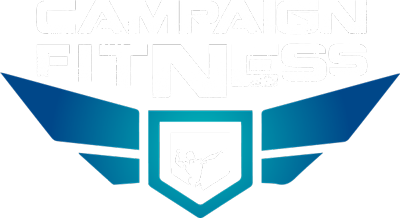Understanding Body Composition and Fitness Assessments for Holistic Fitness Enthusiasts
Embarking on a journey towards holistic fitness and wellness involves more than just physical exercise; it’s about integrating mental, emotional, and nutritional well-being into your daily routine. To achieve sustainable and meaningful progress, it’s essential to understand your body composition and regularly assess your fitness levels. Here’s a comprehensive guide tailored for individuals committed to a balanced, holistic approach to fitness.
The Importance of Body Composition
Body composition refers to the percentages of fat, bone, water, and muscle in your body. Unlike simply tracking weight, understanding your body composition provides a clearer picture of your overall health and fitness.
- Muscle Mass: Higher muscle mass increases metabolism, improves strength, and enhances physical performance.
- Fat Mass: Monitoring fat mass helps manage risks related to cardiovascular diseases, diabetes, and other health conditions.
- Bone Density: Essential for preventing osteoporosis and ensuring overall skeletal health.
- Water Content: Adequate hydration impacts muscle function, digestion, and overall cellular health.
Key Fitness Assessments
To track your progress and adjust your fitness and wellness plans effectively, regular fitness assessments are crucial. Here are some core assessments:
- Bioelectrical Impedance Analysis (BIA):
- Purpose: Measures body composition, including fat mass, muscle mass, and water content.
- Benefit: Non-invasive and provides quick, detailed insights into your body composition.
- DEXA Scan (Dual-Energy X-ray Absorptiometry):
- Purpose: Provides a detailed breakdown of bone density, fat mass, and muscle mass.
- Benefit: Highly accurate and comprehensive, making it ideal for tracking changes over time.
- VO2 Max Test:
- Purpose: Measures cardiovascular endurance by calculating the maximum oxygen uptake during intense exercise.
- Benefit: Helps tailor cardiovascular training programs to improve endurance and overall heart health.
- Functional Movement Screen (FMS):
- Purpose: Assesses movement patterns to identify limitations or asymmetries.
- Benefit: Enhances performance and reduces injury risk by addressing mobility and stability issues.
- Skinfold Measurements:
- Purpose: Estimates body fat percentage by measuring skinfold thickness at various body sites.
- Benefit: Simple and cost-effective, though it requires practice for accurate results.
Integrating Assessments into Your Wellness Journey
For those deeply committed to integrating fitness into their lifestyle, these assessments provide invaluable data to personalize and adjust your fitness and wellness plans. Here’s how to use these assessments effectively:
- Set Baselines: Begin with a comprehensive assessment to establish your starting point. This helps in setting realistic and achievable goals.
- Track Progress: Regularly schedule assessments (e.g., quarterly) to monitor changes in body composition, endurance, and movement quality.
- Personalize Programs: Use the data to tailor your fitness routines, nutritional plans, and mental wellness practices.
- Adjust and Adapt: Be prepared to adjust your plans based on assessment results. This might involve changing workout intensities, modifying diet plans, or incorporating new stress management techniques.
- Celebrate Milestones: Recognize and celebrate progress, no matter how small. This boosts motivation and reinforces positive behaviors.
The Holistic Approach: Beyond Physical Metrics
While physical metrics are vital, holistic fitness and wellness also encompass mental and emotional health. Here’s how to integrate these aspects:
- Mental Wellness:
- Incorporate mindfulness practices like meditation and yoga.
- Use assessments to identify stress levels and tailor stress management techniques.
- Nutritional Balance:
- Conduct regular nutritional assessments to ensure a balanced intake of macronutrients and micronutrients.
- Use food tracking apps to monitor and adjust dietary habits.
- Community and Support:
- Engage with fitness communities for support and motivation.
- Participate in group activities and challenges to foster a sense of belonging.
To sum up:
Understanding body composition and regularly assessing your fitness levels are foundational elements of a successful holistic fitness and wellness journey. By integrating these assessments with personalized, balanced plans, you can achieve sustainable progress, overcome plateaus, and enhance your overall quality of life. Remember, the journey is not just about physical changes but about fostering a harmonious balance between your body, mind, and soul.

